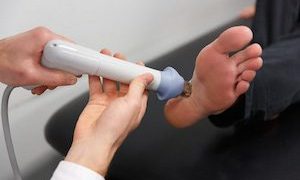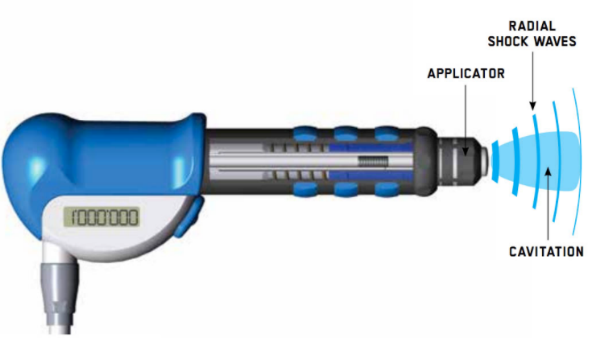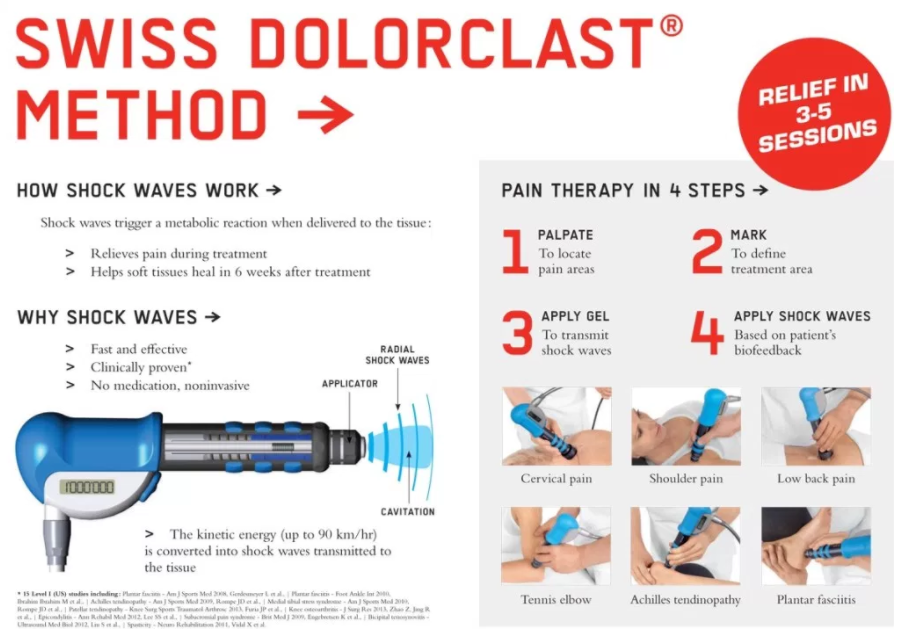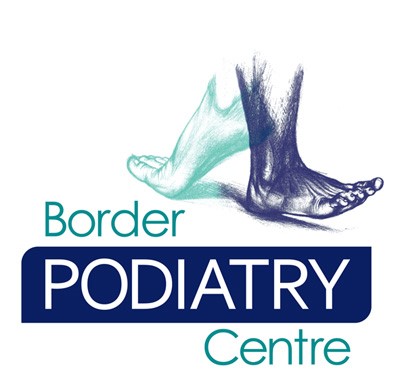
Fast, Safe, and Convenient Pain Relief
How Does ESWT Work?
During treatment the high energy radial waves interact with Substance P (a brain chemical that stimulates pain receptors in the body) and other tissues which leads to a cascade of beneficial effects including enhancing circulation, reversal of chronic inflammation, stimulation of collagen (necessary for healing, repairing and building strength) resulting in pain relief and quicker healing.


How Many Treatments of Shockwave is Required?
Most clients being treated for plantar fasciitis or Achilles tendon issues with shockwave therapy will require 3-5 treatments. Treatment will be stopped if the pain is cured or if 2 treatments show no effect.
A standard treatment will last for approximately 4 minutes (this is on one site only) during which around 2000 waves are administered.
The timeframe between treatments is 72 hours to no longer than 1 week.
What You Should Expect After Treatment?
In most instances pain levels are reduced immediately after treatment. Occasionally the area treated may continue to be tender and this is quite normal. Pain levels may be the same the day after treatment as pre-treatment and this is also normal. This is why we do a least 2 treatments. Ideally no high level impact sporting activities should occur for at least 6 weeks after the initial treatment.
Why is Shockwave Therapy NOT Used as a Standalone Treatment?
While some practitioners will use shockwave as a standalone treatment, at Albury Wodonga Heel Pain Clinic and Border Podiatry Centre the treatment plan includes getting to the underlying cause of the pain and also treating this accordingly. Shockwave Therapy allows for immediate pain relief and a reduced recovery time.
What are the Side Effects of Shockwave Therapy?
There are virtually no side effects of shockwave therapy. Most commonly clients may experience superficial bruising, mild tingling and numbness, aching or throbbing but these symptoms are very modest and short lived.
There have been no significant, irreversible complications noted in the literature.
